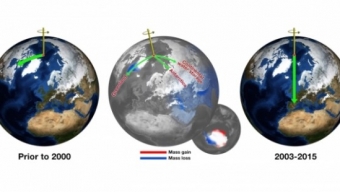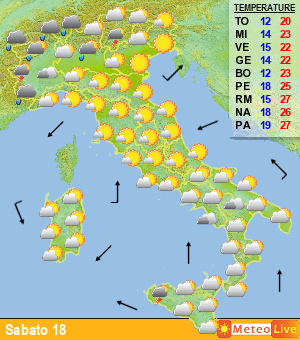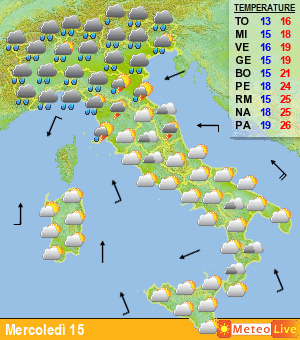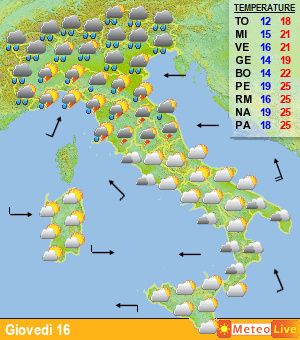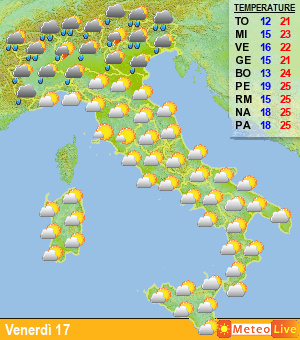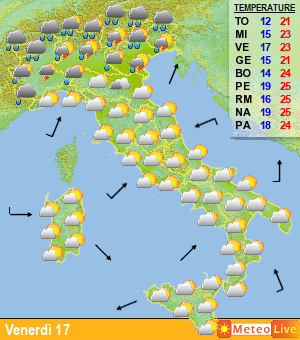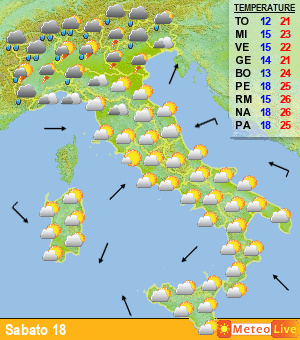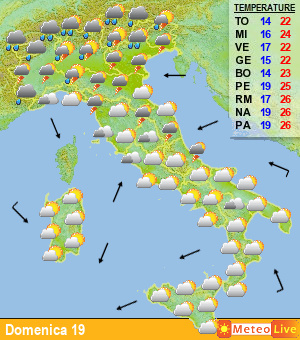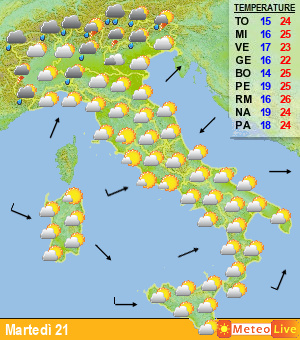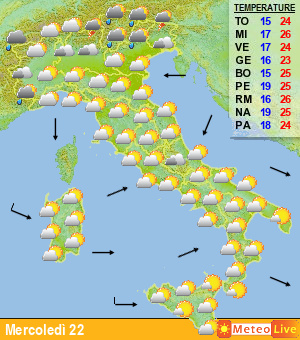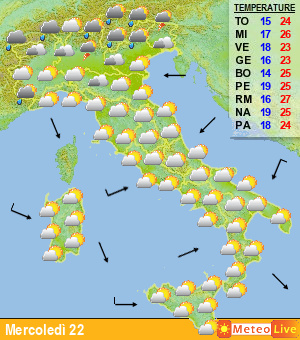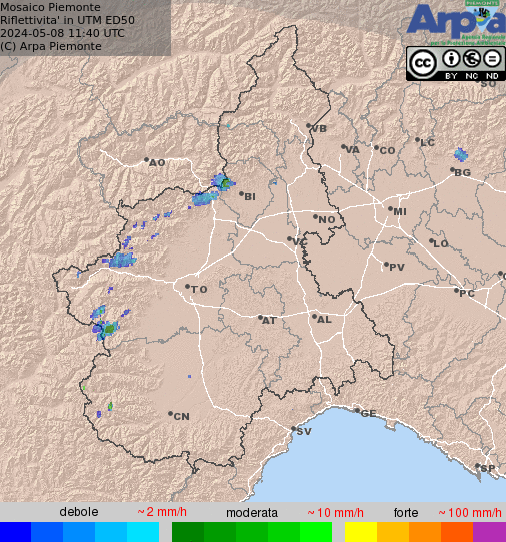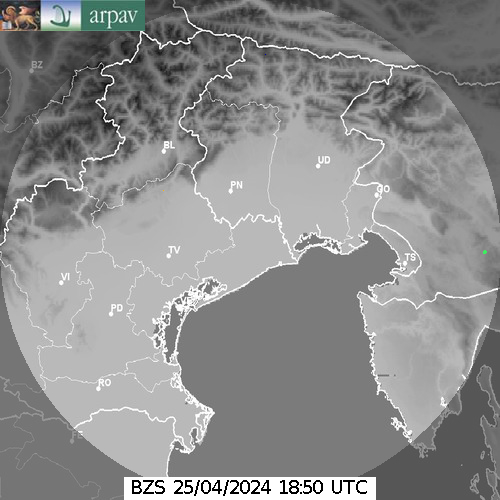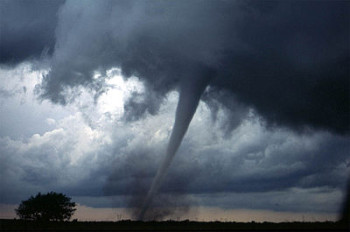Come noto, la Terra ruota sul suo asse in modo irregolare, oscillando e sobbalzando: queste variazioni naturali sono accompagnate da quelle generate dai cambiamenti climatici, spiega la NASA. I ghiacci che si sciolgono ai poli e le falde idriche che depauperate sulla terraferma modificano la distribuzione della risorsa idrica sul pianeta, alterando la rotazione della Terra: lo spostamento è tale da inficiare l’accuratezza di un gps.
L’oscillazione fa variare leggermente l’inclinazione dell’asse terrestre, provocando uno spostamento, cheper tutto il XX secolo si è diretto verso la Baia di Hudson, in Canada, ma ha invertito la rotta a partire dal 2003, spostandosi di circa 17 centimetri all’anno in direzione delle Isole Britanniche. Il risultato della ricerca, pubblicato su Science Advances, si deve a Surendra Adhikari ed la suo collega Erik Ivins, entrambi ricercatori del JPL NASA.
Gli esperti hanno analizzato i dati dal 2003 a oggi dei satelliti Center Gravity Recovery and Climate Experiment (GRACE), che misurano la distribuzione delle masse d’acqua sul pianeta, ed hanno scoperto che la natura degli spostamenti spiegava la migrazione dell’asse verso l’Europa, rilevata a partire dal duemila. Si consideri che ogni anno in Groenlandia si sciolgono 278 trilioni di kg all’anno di ghiaccio ed in Antartide occidentale 172 trilioni di kg.
La migrazione verso l’Europa è dovuta però, oltre che allo scioglimento dei ghiacci, anche al depauperamento delle risorse idriche sulla terraferma, in particolar modo in Eurasia: 530 trilioni di kg di acqua all’anno vanno persi a causa della siccità e dell’eccessivo sfruttamento delle falde, provocando un innalzamento del livello del mare.
di Filomena Fotia
Di seguito l’articolo in Inglese:
 a cura di Brian Kahn
a cura di Brian Kahn
The spin of the earth is a constant in our lives. It’s quite literally why night follows day. And while that cycle isn’t going away, climate change is messing with the axis upon which our fair planet spins. Ice melting has caused a drift in polar motion, a somewhat esoteric term that tells scientists a lot about past and future climate and is crucial in GPS calculations and satellite communication.

Polar motion refers to the periodic wobble and drift of the poles. It’s been observed for more than 130 years, but the process has been going on for eons driven by mass shifts inside the earth as well as ones on the surface. For decades, the north pole had been slowly drifting toward Canada, but there was a shift in the drift about 15 years ago. Now it’s headed almost directly down the Greenwich Meridian (sorry Canada no pole for you, eh).
Like many other natural processes large and small, from sea levels to wildfires, climate change is also playing a role in this shift. “Since about 2000, there has been a dramatic shift in this general direction,” Surendra Adhikari, a researcher at NASA’s Jet Propulsion Laboratory, said. “It is due to climate change without a doubt. It’s related to ice sheets, in particular the Greenland ice sheet.” That ice sheet has seen its ice loss speed up and has lost an average of 278 gigatons of ice a year since 2000 as temperatures warm. The Antarctic has lost 92 gigatons a year over that time while other stashes of ice from Alaska to Patagonia are also melting and sending water to the oceans, redistributing the weight of the planet.
Adhikari and his colleague Erik Ivins published their findings in Science Advances on Friday, showing that melting ice explains about 66 percent of the change in the shift of the Earth’s spin axis, particularly the rapid losses occurring in Greenland.
Fonte Segnidalcielo

Se di Inverno l’Alta Pressione spegne la Passione per la Meteorologia
novembre 26, 2025
Estate 2025 in Europa: un breve Resoconto
ottobre 12, 2025
Autunno Astronomico 2025. Osservazioni.
settembre 22, 2025
Forte ondata di caldo negli Stati Uniti
agosto 28, 2025
Correlazioni tra Gas Serra, e caldo, osservata già in passato
agosto 07, 2025






